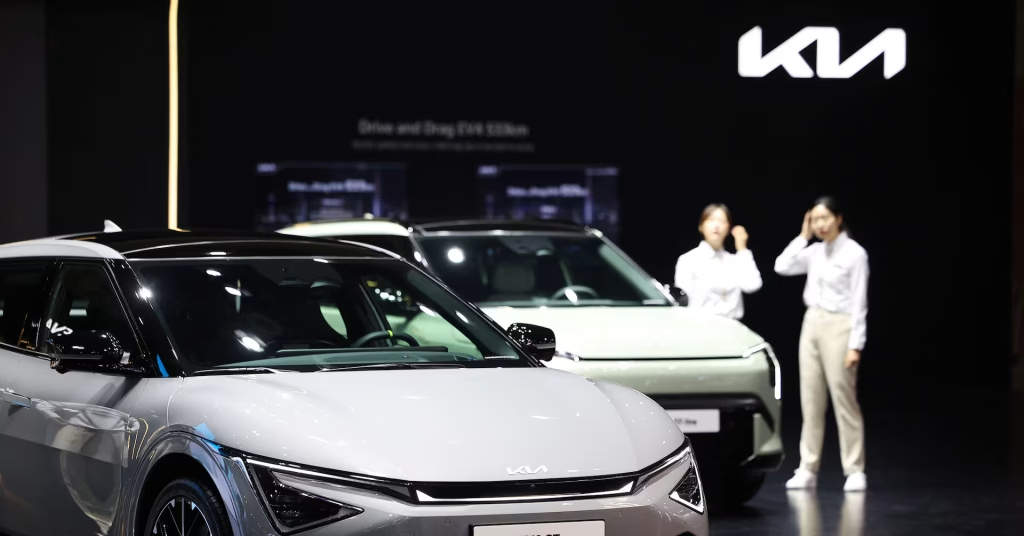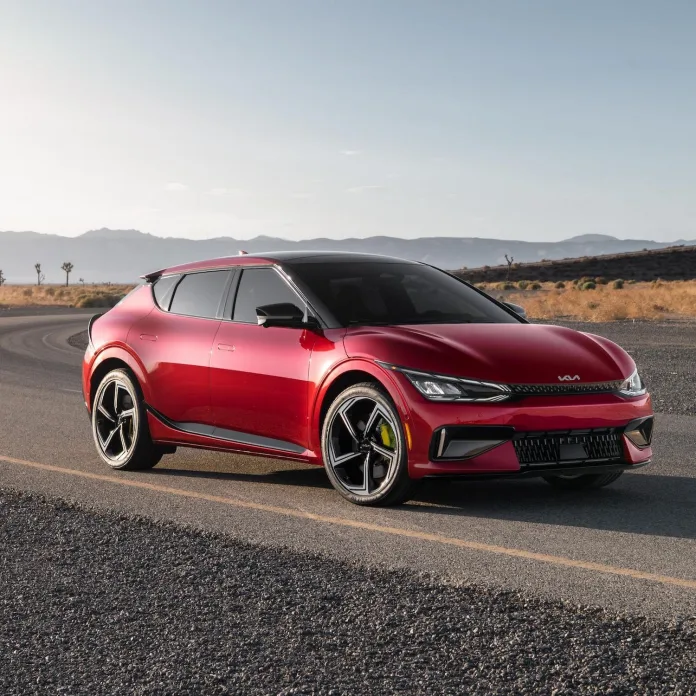In a bold move that’s sending ripples through the automotive industry, Kia Corp. has significantly adjusted its electric vehicle (EV) sales strategy for 2030. The South Korean automaker has lowered its EV sales target from 1.6 million to 1.26 million units, signaling a nuanced approach to the rapidly changing electric vehicle market.
Key Highlights of Kia’s EV Strategy Revision
Sales Target Breakdown
| Market Segment | 2030 Sales Target |
|---|---|
| Electric Vehicles | 1.26 million units |
| Hybrid Vehicles | 993,000 units |
| Total Global Sales | 4.19 million units |
Regional Sales Projections
The Hyundai’s sister company’s strategic plan includes:
- North America: 1.11 million units
- Europe: 774,000 units
- South Korea: 580,000 units
- India: 400,000 units

Why the Shift?
Market Uncertainties
Kia cited increasing uncertainty over U.S. policy in the auto industry as a key factor in its strategic recalibration. The potential impact of trade policies, including tariffs, has prompted a more cautious approach to EV expansion.
Future Product Lineup
By 2030, Kia aims to:
- Introduce 15 electric vehicle models
- Launch 10 hybrid models
- Increase global production capacity by 17%
- Expand Platform Beyond Vehicle (PBV) lineup
- Enter the pickup truck sector
Industry Context
The move reflects broader challenges in the EV market, including:
- Fluctuating consumer demand
- Charging infrastructure limitations
- Economic uncertainties
- Evolving government policies
Conclusion
Kia’s revised EV strategy isn’t a retreat but a recalibration. The company is positioning itself strategically in a complex and evolving automotive landscape, balancing ambition with pragmatism.
Also read- Say Hello to the Hyundai Ioniq 6 and N Line – With a Tease of the High-Performance N
FAQS
Why did Kia reduce its EV sales target?
Multiple factors contribute to the reduction, including market uncertainties, U.S. policy challenges, and the need for a more realistic growth strategy.


